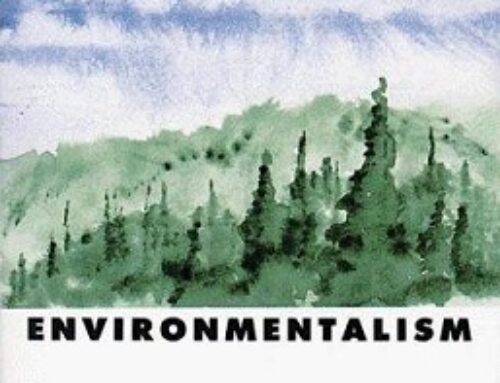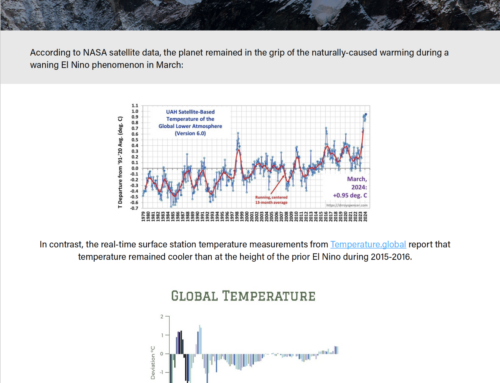by E&E Legal’s Senior Policy Fellow Greg Walcher
As Appearing in the Grand Junction Daily Sentinel
Last fall, California Gov. Jerry Brown signed a law requiring his state to reduce its greenhouse gas emissions 40 percent below 1990 levels. That ratchets the state’s already severe limits down even tighter, now requiring a reduction to levels not seen since the 1950s or earlier. Some are beginning to understand that it cannot be done in the modern era without extreme new regulations, which could quite literally give the state power to control nearly every detail of life.
James Sweeney, director of Stanford University’s Precourt Energy Efficiency Center, warned that the requirement will result in a much more fragile economy. “Meeting the requirement will require severe restrictions, far beyond those seen to date,” he said. A cabinet-level official agreed that “it is the biggest thing we have done yet in sheer volume. It requires a level of coordination between different agencies that we haven’t seen before.”
One Los Angeles Times writer says officials are discussing rules to determine the kind of houses and businesses that might be allowed, as well as automobiles. They may need to require people to limit miles driven, to use public transportation, and to walk or bicycle to work. The state is poised to dictate how much and what kind of energy people can use, and even what kind of food can be grown on the state’s farms.






